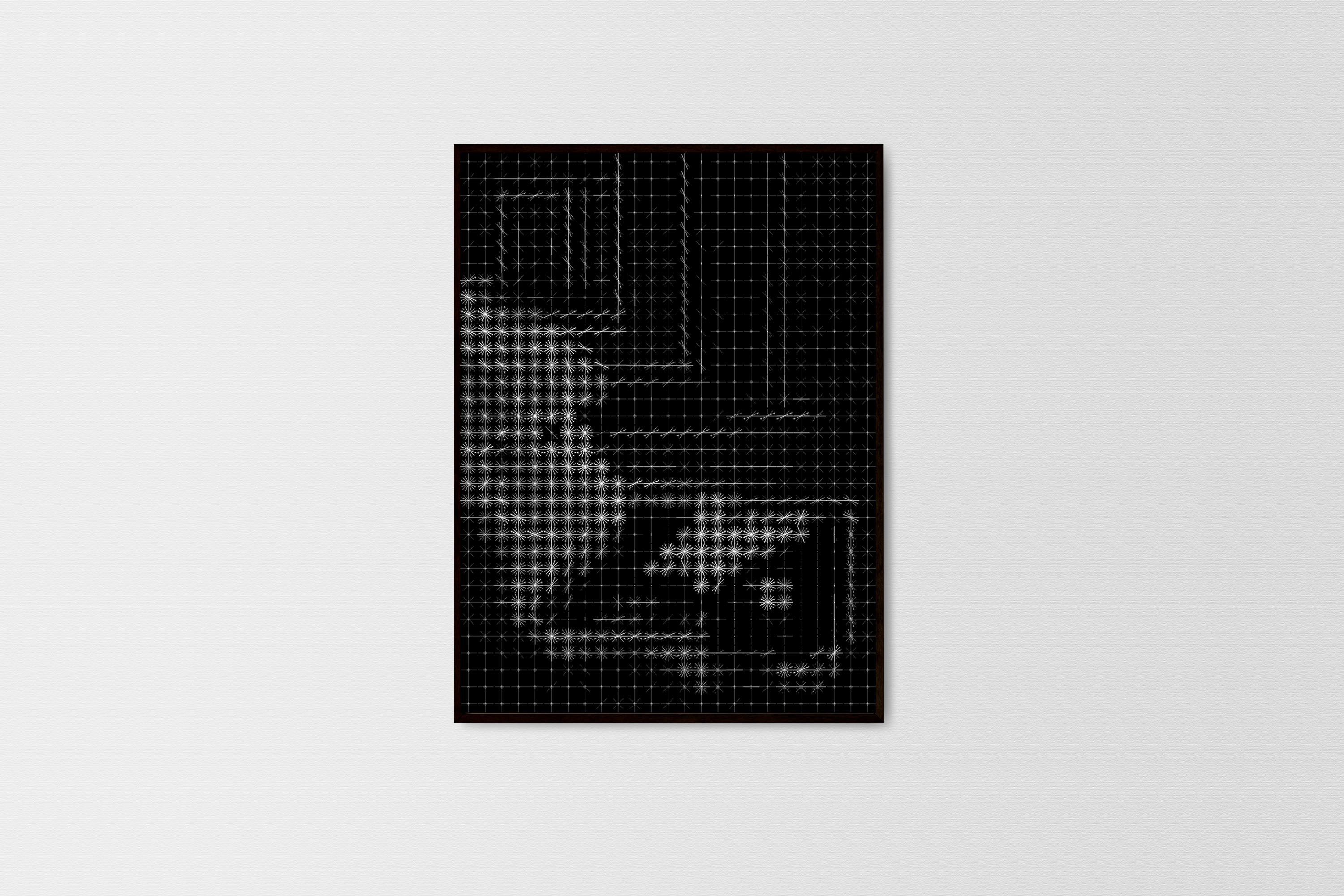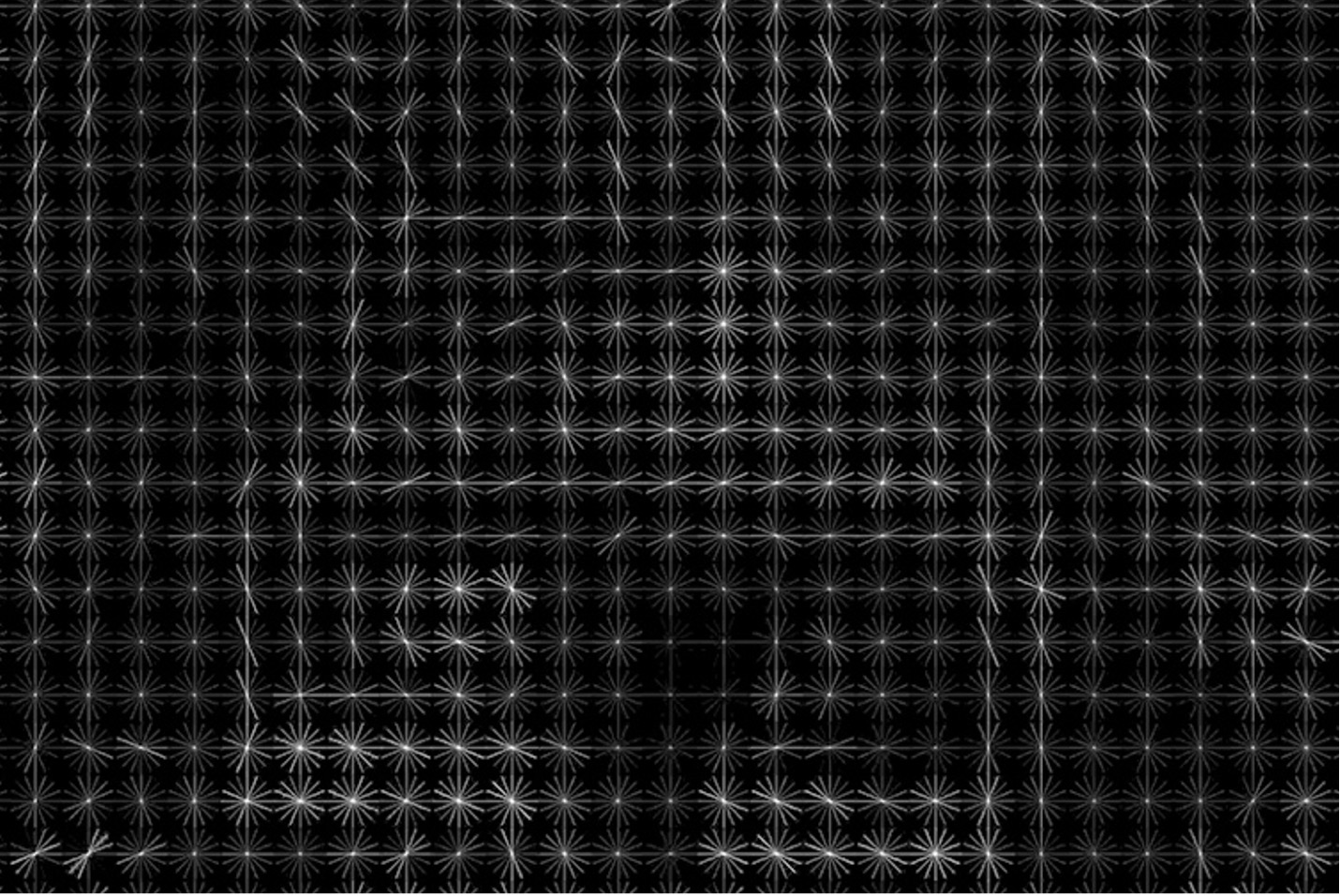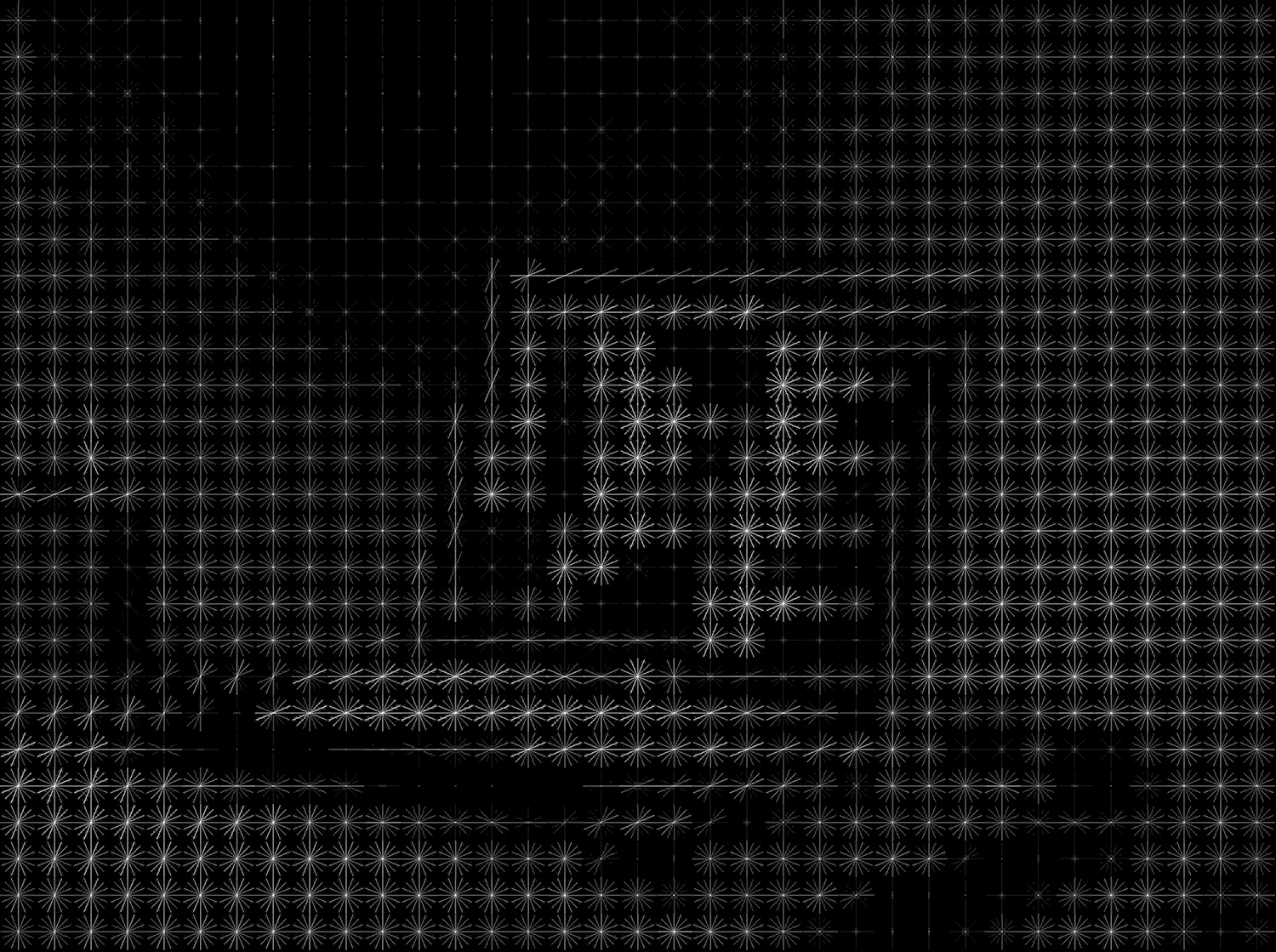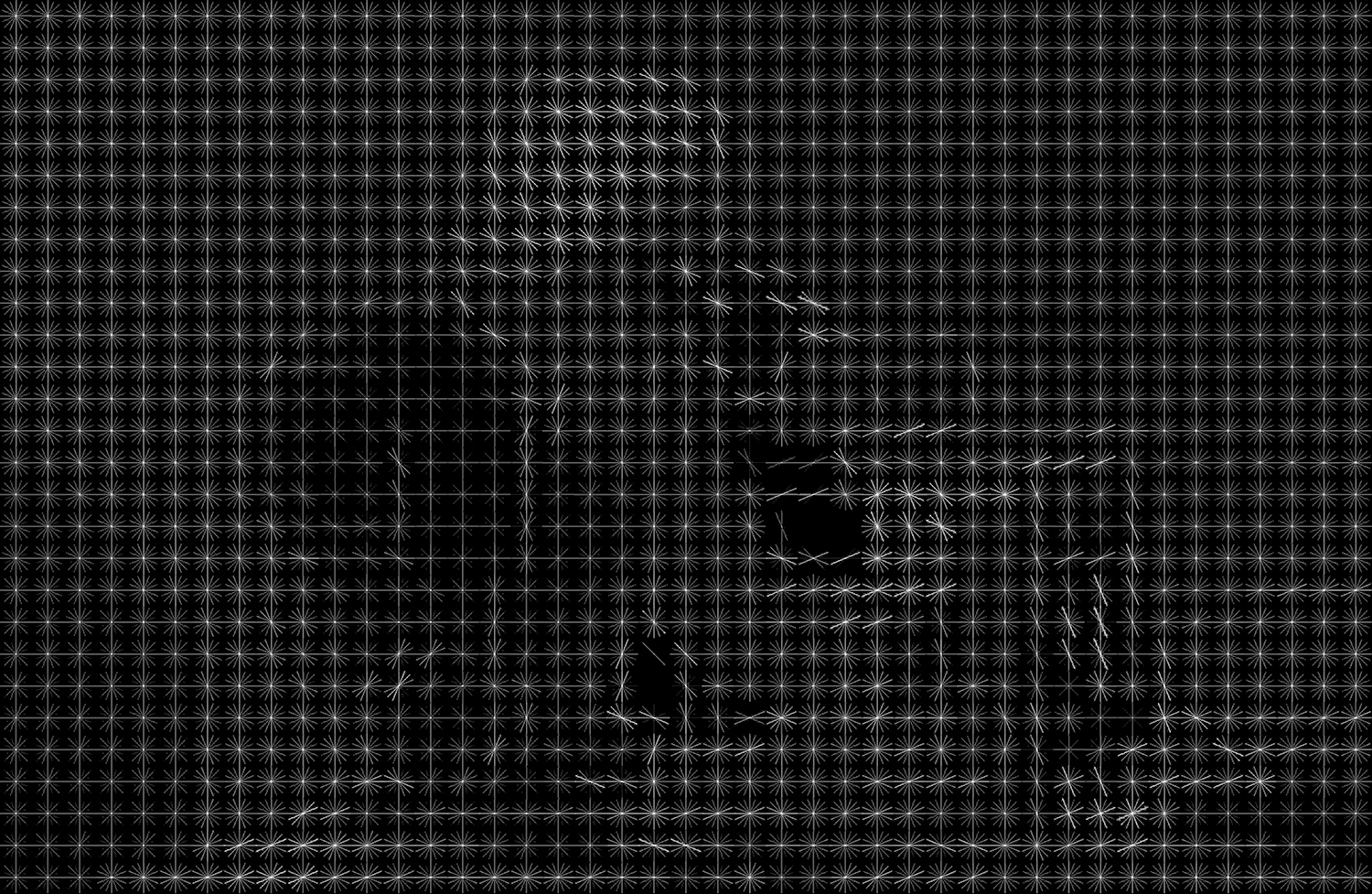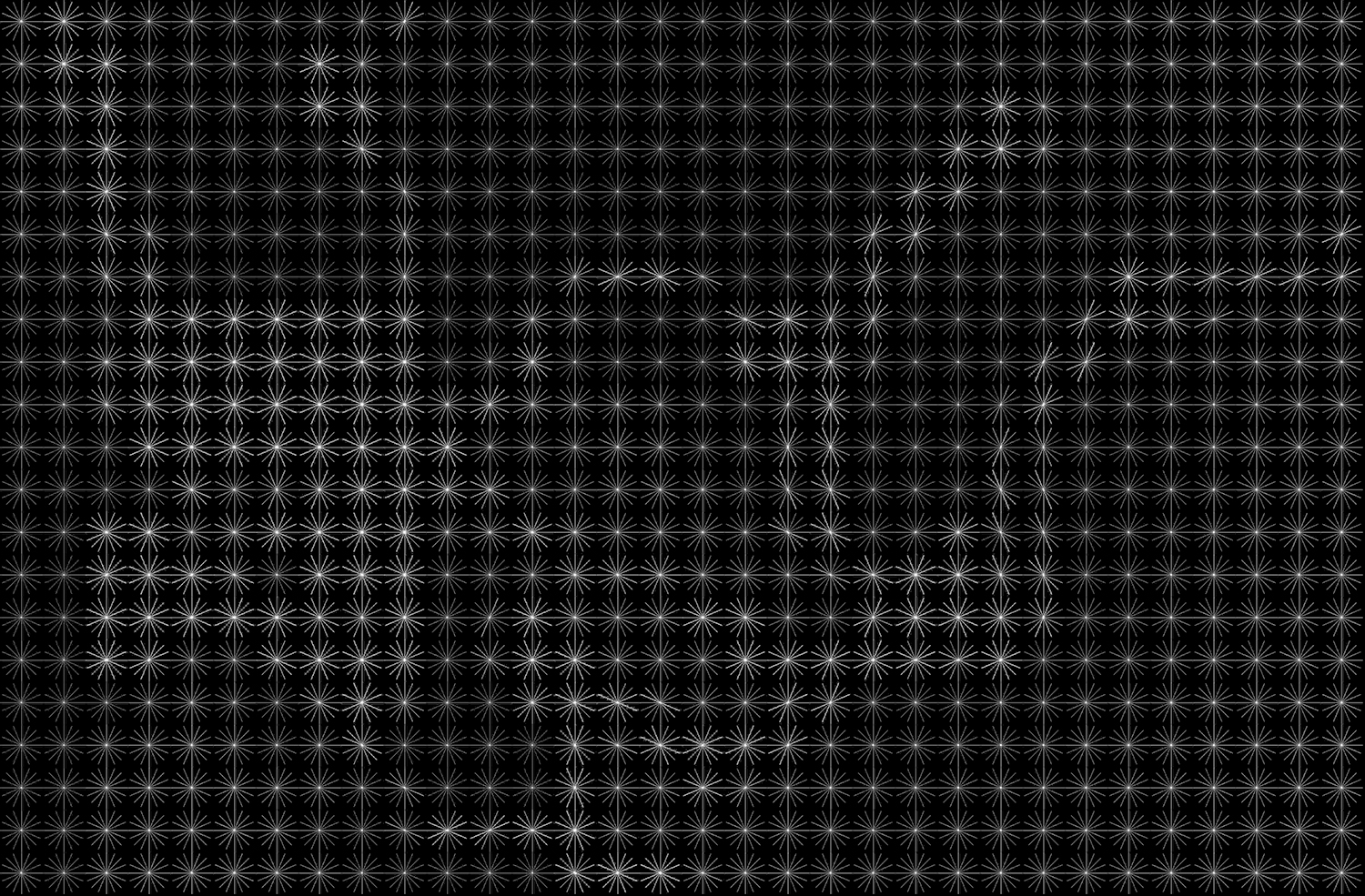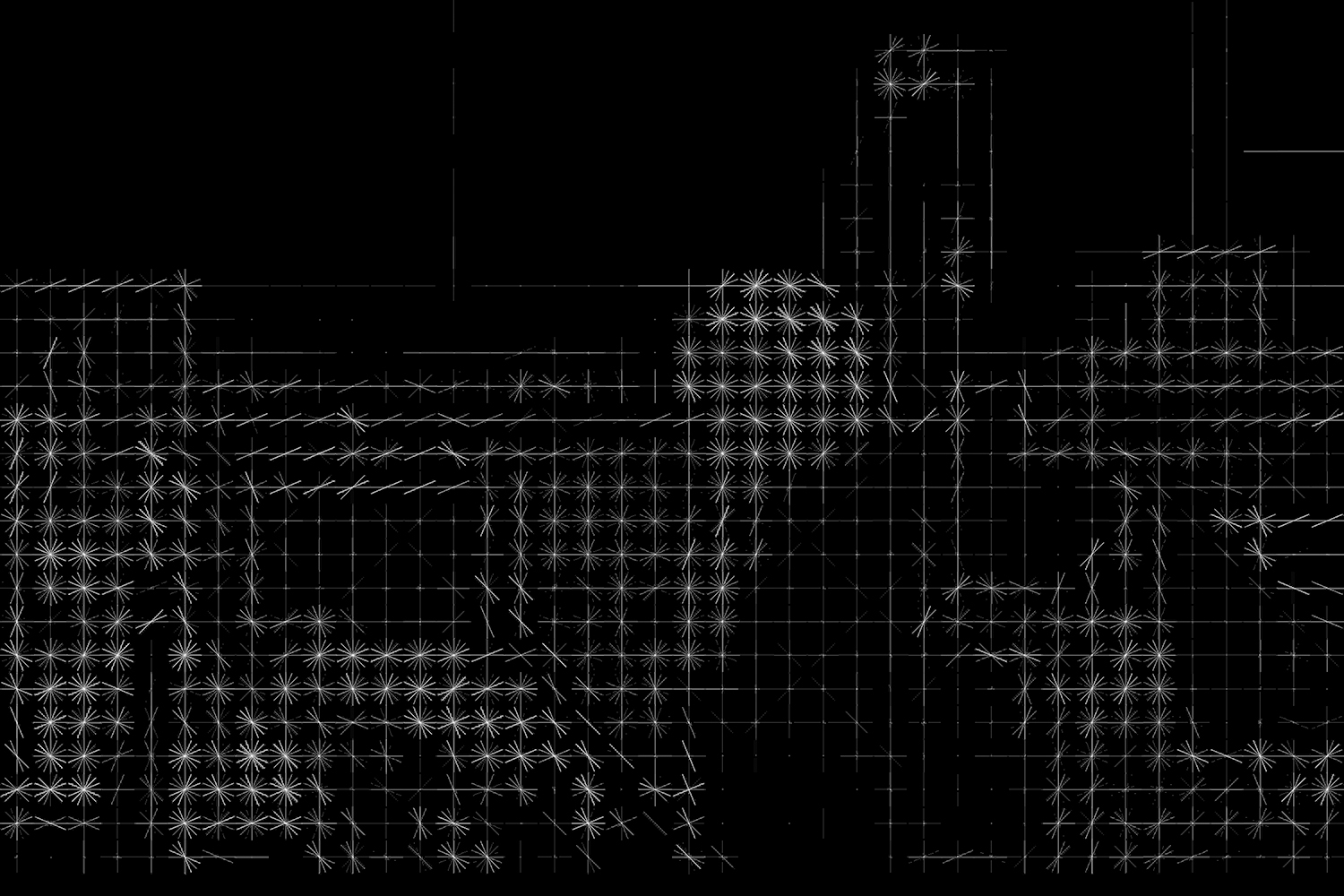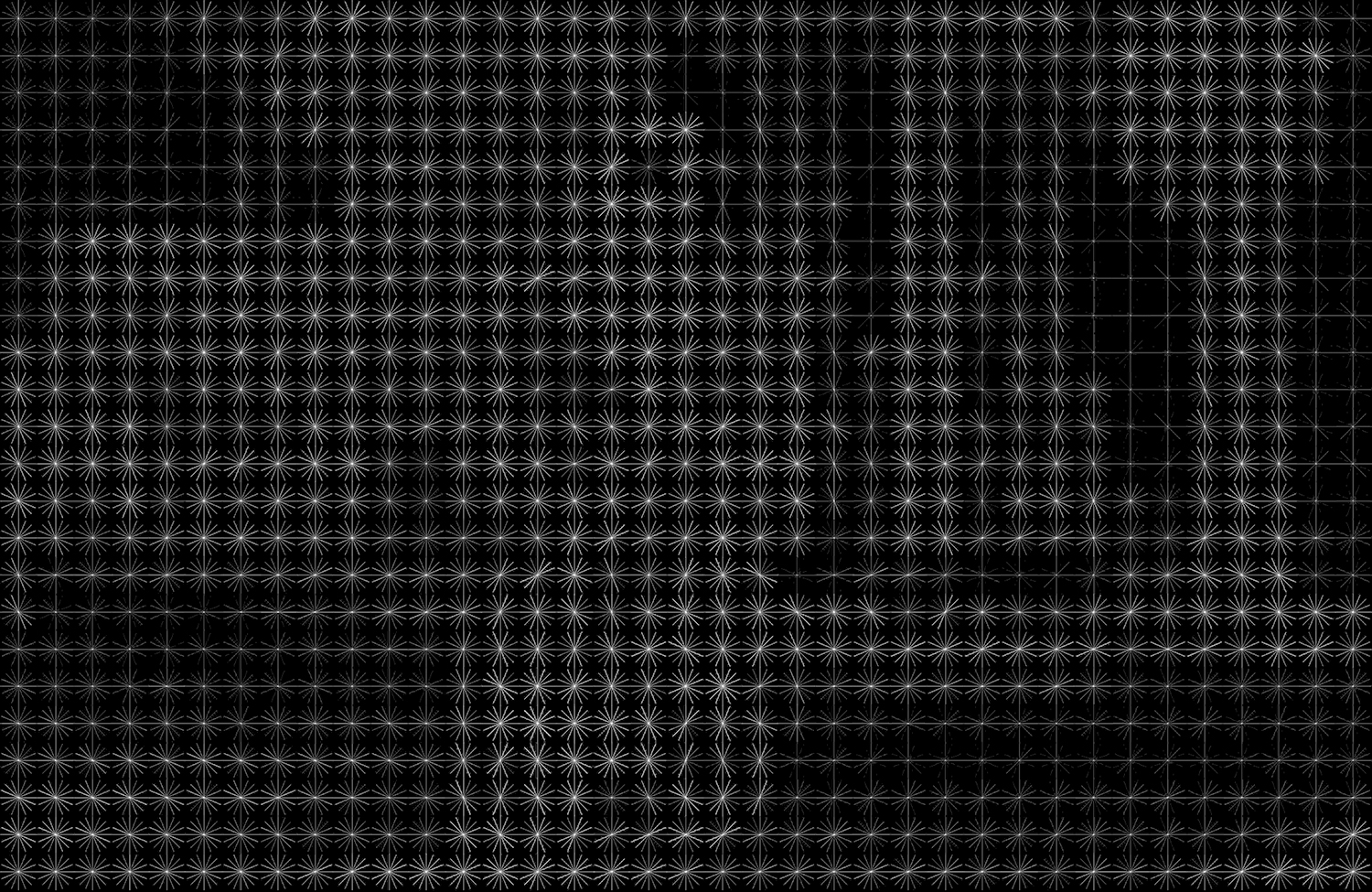1. Sometimes Your Eyes Do Not See
The history of machine vision is a photographic history. Since its early days, the evolution of visually "intelligent" machines - machines able to see and make sense of what they see - has been closely intertwined with photography. From the first small datasets to recent databases consisting of millions of images, photographic images have played a fundamental role in the development of machine vision. By providing a vast and organised array of annotated images, these databases, over the years, have significantly enhanced the reliability and capabilities of machine vision systems, and such systems are currently used in a wide array of applications, from autonomous vehicles to medical imaging to plate recognition to identify vehicle plates (Treccani, 2018).
With the recent widespread appearance of "intelligent" machines, the bond between machine vision and photography has deepened. The emergence of visually "intelligent" machines has not only strengthened this relationship but also resulted in contemporary photographic imagery significantly influenced by the techniques developed in computer sciences. Such solutions and the technological imagery they brought have, in fact, become part of the aesthetic and investigations of many artists interested in exploring the potential and dangers of visually "intelligent" machines and their role in shaping contemporary ways of seeing. The intricate relationship between technological imagery and artistic practices has resulted in a point where vision skills belong as much to the realm of technology as to the realm of art (Smelik, 2010; Yiu, 2023). On the one hand, computer scientists, since the 1960s, have looked into the domain of art and image-making in trying to understand the machinery of vision and to use such insights to build visually "intelligent" machines. On the other hand, triggered and fascinated by the rapid advances in machine vision, artists have started incorporating technical imagery from computer laboratories into their works to explore a world increasingly cohabited by machines.
Sometimes Your Eyes Do Not See (see Figure 1, Figure 2, Figure 3, Figure 4, Figure 5, Figure 6 and Figure 7) is an attempt to investigate the visual world of machines made of gradients, key points, bounding boxes and manually segmented images, and the long-held conviction that fueled the development of machine vision: it is possible to distil the complexity of the visual world into data points. The project makes use of a feature descriptor technique, a technique that simplifies an image by extracting useful information, called "histogram of oriented gradients" (HOG) in the form of gradients - see the white "starry" shape in the project's images (for a closer look, please see Figure 2 below) that resemble the distribution of light on a given image. Conceived in the 1980s, this technique gained prominence in the 1990s when researchers at the French National Institute for Research in Digital Science and Technology started to utilise this technique for pedestrian and vehicle detection in images. Within this technique, an image is divided into small, connected regions called "cells", forming a grid. Each cell is then analysed to generate a histogram of gradients within the cell. The gradient at each point in the image indicates the direction and strength of the most significant change in brightness, effectively capturing the edges or outlines of objects in a given image. In other words, the gradient tries to "describe" the appearance of objects in an image by highlighting where the most noticeable changes in intensity occur. The key concept is that different objects can be distinguished from one another by their distinctive gradient of patterns. These unique patterns are then used to train an algorithm to differentiate objects or classes of objects, for instance, to distinguish dogs from cats in a database of animal images.
The HOG idea is, however, a photographic idea. The distribution of light, often from a fixed above position - hence a certain regularity in its distribution - can be utilised to simplify the complexity of the visual world. This interpretation, typically hidden within algorithms, is brought to light in this project, offering a glimpse into the unseen world of data. Sometimes Your Eyes Do Not See is an attempt to reveal, reflect and comprehend the machinic gaze that increasingly permeates our lives, from autonomous driving cars to smart surveillance cameras and facial recognition technology for border control - and the many issues, biases and discriminations associated with it. In this project, six images are processed using Python, a programming language, to calculate their gradients. The resulting black and white images offer a chance to see through the HOG process in an attempt to make sense of such a process, leaving, however, the viewer unable to create any sense of the image under their eyes and prompting a series of questions on the nature of such images. What do they portray? What do they mean? What purpose do they serve? Where do they belong, to the technological domain or the art one? The sweeping reconfiguration of the visual world initiated by photography in the 19th and 20th centuries is here continued and expanded by the imaginaries produced by "intelligent" seeing machines that reshape much of the culturally established understanding of what it means to see (Crary, 1992). The new vision paradigm that emerges is that of a machinic eye that escapes the anthropocentric eye and forces an investigation between the familiar and comfortable human ways of seeing and the unfamiliar ways of seeing of the visually "intelligent" machines and invites the viewer to rethink the ways machines see the world (Paglen, 2014).
While HOG techniques have endowed machines with a measure of visual "intelligence", the contemporary obsession with data and its accompanying visual narrative falls short in representing the richness of the visual world and exposing tendencies, dynamics and opacities in how vision technologies operate. Despite the mystery of what these images portray, Sometimes Your Eyes Do Not See explores and tries to unveil the increasingly blurred boundaries between science, technology, and art. It raises questions and encourages reflection on the continuous and profound impact that technological imagination and imagery have on artistic practices and culture in general and the mutual influence between art and technology.











 texto em
texto em 


